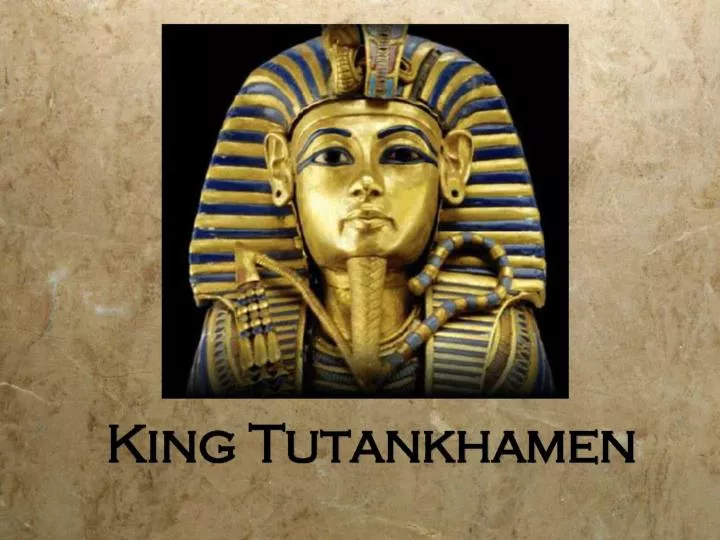
Libraries included in module dependenciesĬollections of resources (web pages, images, descriptor files, and so on)
#DEFINE ARTIFACT ARCHIVE#
Examples are a collection of compiled Java classes or a Java application packaged in a Java archive, a Web application as a directory structure or a Web application archive, and so on.Īn artifact can be an archive file or a directory structure that includes the following structural elements:Ĭompilation output for one or more of your modules You can't publish new packages until you lower your storage below 2 GiB, or you can reconnect an Azure subscription to your organization and set up billing to increase your storage tier.An artifact is an assembly of your project assets that you put together to test, deploy, or distribute your software solution or its part. If you used more than 2 GiB of storage, you can only read packages. Q: What happens if I remove my Azure Subscription from my Azure DevOps organization?Ī: When you remove your Azure Subscription from your Azure DevOps organization, you only have access to the free tier. The Artifact Storage page however gets updated more frequently, so you may see a small discrepancy between the two pages. When you delete an Artifact, it may not reflect immediately on your billing page. The used column on the Billing page of your Organization gets updated once a day. If you're blocked from uploading Artifacts, as a workaround you can temporarily increase your usage level, then reduce the level back once the storage metrics are updated. Storage consumption should be updated within 24 hours, but in some cases it may take up to 48 hours. Q: How long does it take for deleted Artifacts to reflect in the amount of billed storage?Ī: Deletion of artifacts doesn't register immediately.


Q: How can I delete specific packages?Ī: See Delete and recover packages for details.
#DEFINE ARTIFACT HOW TO#
For more information, see How to use retention policies to delete old packages. Q: How can I control how many days Artifacts are kept?Ī: You can set up the retention policies to delete packages automatically. Q: I'm storing Artifacts but my storage consumption shows 0 GiB?Ī: 1 GiB is currently our lowest granularity, so you most likely haven't reached 1 GiB yet. If you want to delete them sooner, go to your recycle bin and delete them manually. Those packages get deleted permanently after 30 days. Packages in the recycle bin still count as part of your storage consumption. You don't get billed for Pipeline Artifacts, and Pipeline Caching. View your Artifacts tier and usage limit.įAQs Q: Which artifacts count toward my total billed storage?Ī: You get billed for all package types (npm, NuGet, Python, Maven, and Universal Packages) including packages stored from upstream sources. Sign in to your Azure DevOps organization. Organization billing settingsįollow the steps outlined below to view your billing settings for your organization:

See the Pricing Calculator to learn more about Azure DevOps billing. Once you reach the maximum storage limit, you can no longer upload new artifacts and need to delete some of your existing artifacts or set up billing to increase your storage limit.
#DEFINE ARTIFACT UPDATE#
Server 2019 Update 1 and newer, Server 2020Īzure Artifacts is free for every organization up to 2 GiB of storage. With Azure Artifacts, you can publish and consume different types of packages.


 0 kommentar(er)
0 kommentar(er)
